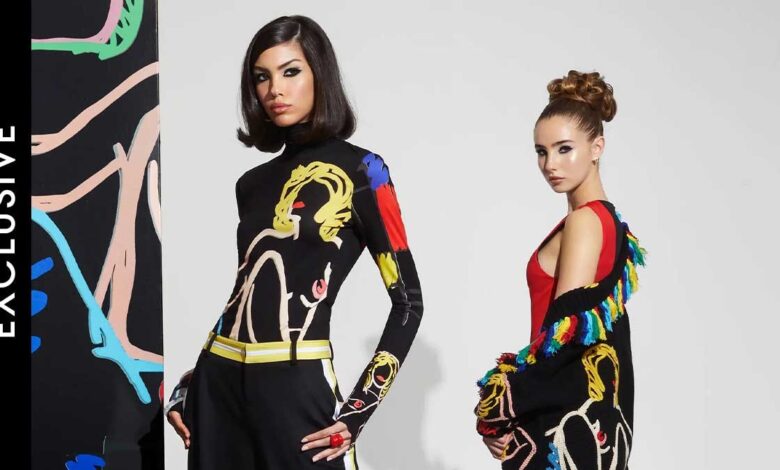The CFDA wants to help designers navigate generative AI

McKinsey & Company estimates that generative AI could add anywhere from $150 billion to $275 billion to the apparel, fashion, and luxury sectors’ operating profits within the next three to five years — primarily aiding in augmentation and acceleration, rather than automation, its analysts report. Designers and brands have experimented with a range of uses. Marc Jacobs used it to write show notes, while Hillary Teymour, of Collina Strada, and Olivier Rousteing, of Balmain, have tested remixing past designs into future work, with varying degrees of success. Teymour ultimately produced hand-edited versions of the generated designs, while Rousteing said that “my designers in my team could have done better. It was really good, but not as good as what we could have done on our own,” while speaking at March’s SXSW conference.
Norma Kamali is also training an in-house model to generate future designs, and retailer Revolve sponsored a design competition to produce future styles. More practically speaking, those including Estée Lauder Companies and Adore Me are using it to inform marketing and website copy, while Kering and Rent the Runway are testing shopping assistants.
There remain concerns over the threat to jobs; Levi’s drew controversy over its AI-generated ecommerce models, and fashion models are arguing for more protections over re-uses of their imagery. More broadly, media companies are already pursuing legal action against general models that train on published works without crediting, or compensating, the sources.
The education provided by Raive will help brands test the economic and creative opportunities provided by generative AI, and will focus on brand protection within the fashion industry, says Raive co-founder Sally Shin. Some CFDA member brands will participate in workshops and one-on-one advising, in addition to pilot projects. The brands who are part of the partnership will have access to their own custom image model, called Raive Enterprise.
Alice + Olivia plans to generate unique generative AI models for multiple specific product categories by feeding in historic designs; the design team can then use this to develop new products, which hopefully will accelerate the time to market, Miller says.
Miller hopes that it will help Alice + Olivia’s design team more quickly iterate through various inspiration paths, with the designers taking over on final designs and tech specifics once they decide what to produce. “Generative AI will allow our design team to focus on what they love doing — translating sketches and inspiration images into actual styles to produce — and help compress the design cycle,” Miller says, adding that upskilling will provide critical professional development for the team.
Already, after exploring tools including Adobe’s Creative Cloud Suite, the creative team has found that this area of generative AI is more concrete in terms of productivity enhancements, as well as protection of IP and other legal concerns, Miller says. For the corporate site, who are testing tools including Microsoft CoPilot, ChatGTP and Claude, the uses aren’t totally ready for “primetime” in part due to legal and data privacy concerns (it does help with functions such as emails and research).
There are future opportunities to, for example, enable customers to “remix” pieces within the brand’s own parameters, or dress their selfies in items that have been designed specifically only on the brand’s own works. While the promise of royalties holds considerable appeal, the first step is education, Shin says.
“Instead of ‘genie in a bottle’, we will have ‘Alice + Olivia in a bottle’,” Miller says. “The whole team is excited to see where it takes us.”
Comments, questions or feedback? Email us at feedback@voguebusiness.com.



